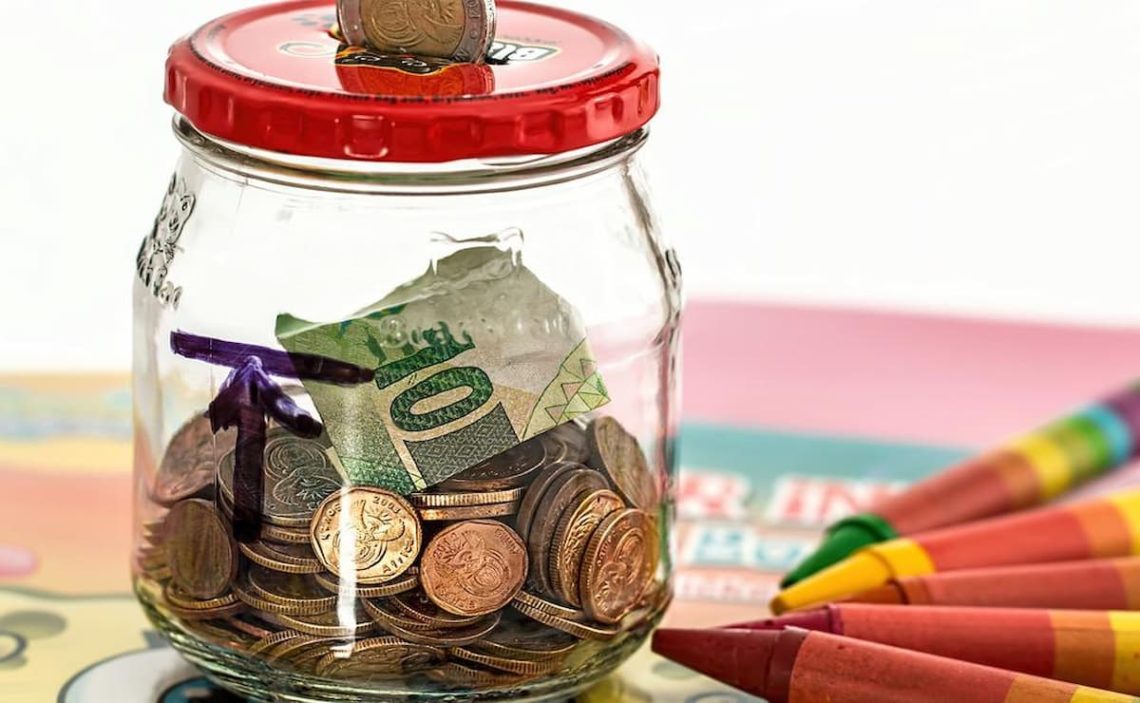An emergency fund is an amount set aside to pay for an emergency or unexpected expense not included in your budget. Not having this type of fund could easily affect your finances for months to come. Especially if you suddenly have to pay hundreds of dollars for medical expenses or car repairs.
To help avoid an uncertain financial situation, it’s important to be ready for the unexpected. It is essential to assess the value of building your emergency fund.
Why do I need an emergency fund?
While what qualifies as an emergency for one person may not for another. Most true financial emergencies fall into one of these categories:
- Automotive
- Medical
- Unemployment
- Home repairs
- Family emergencies, including emergency travel expenses.
Typical costs of emergency expenditures
Here’s a look at the average emergency expenses to get a good idea of what you need to set aside.
- Car repair expenses
Car repairs can take a financial toll. However, knowing how much major vehicle repair costs can help you budget sufficiently.
Many tables allow for this type of calculation.
- Home repair expenses
Homeowners should set aside funds to cover home repairs. We may need these funds suddenly and urgently. Calculate how much you should have saved in case of common home repair emergencies.
When should you avoid tapping into your emergency savings fund?
When a dress or a video game you want goes on sale, it does not qualify as an “emergency.” A financial emergency is something you have to pay for that is not within your budget. Use the emergency fund only for unexpected needs, never wants. Here’s a list of some wants you should never dip into the emergency fund to pay for:
- Shopping
- Eating out
- Entertainment expenses
- holidays
- Buying a property
- Starting a business
How much should I save in an emergency fund?
You’re probably wondering how much you need in your emergency fund. While many experts suggest building up your emergency fund from three to six months of living expenses, that’s a financial goal that could take a while to achieve, especially if you’re on a tight budget.
You can start building on an idea of three months of accumulated expenses.
How to build up emergency savings
While building an emergency savings account may seem difficult, it is not impossible. The key is consistency. Here are some suggestions for getting your emergency fund going.
It’s tempting to splurge when you receive an extra sum of money, such as a few hundred or a few thousand dollars. However, if you’re trying to build an emergency fund, it’s much smarter to save any windfall that comes your way.
Using your skills to get additional work could earn more income. You could accumulate a good amount within a year with that kind of money. That means it’s a great start to an emergency fund for three to six months of living expenses.
Take the time to sit down and review your budget to find areas where you may be wasting money.
For example, are you signed up for several streaming services? Do you have to stop by a bar every morning for a coffee? What about that gym membership you no longer use? Once you’ve found ways to reduce unnecessary expenses, direct those funds to your emergency savings.


